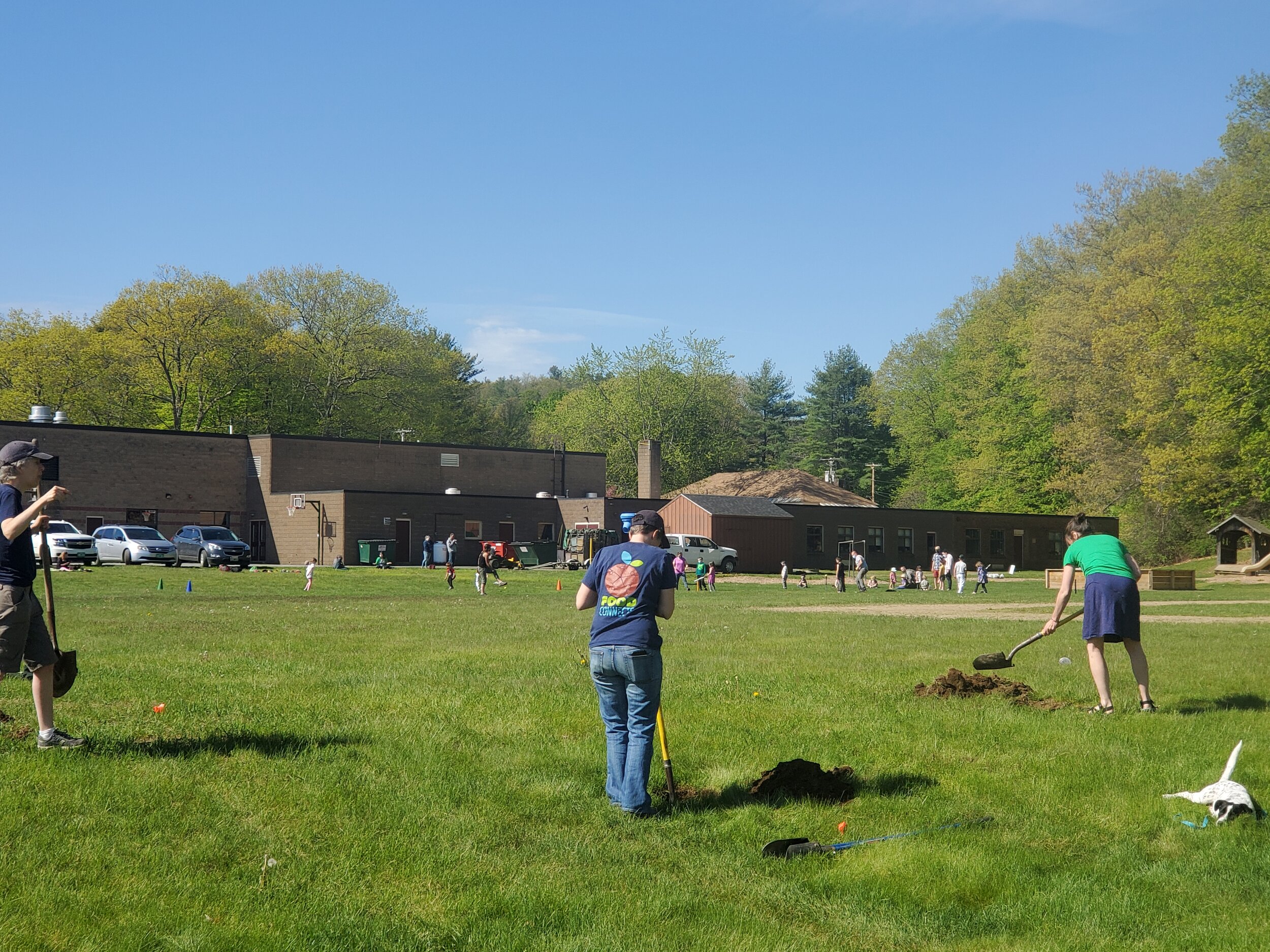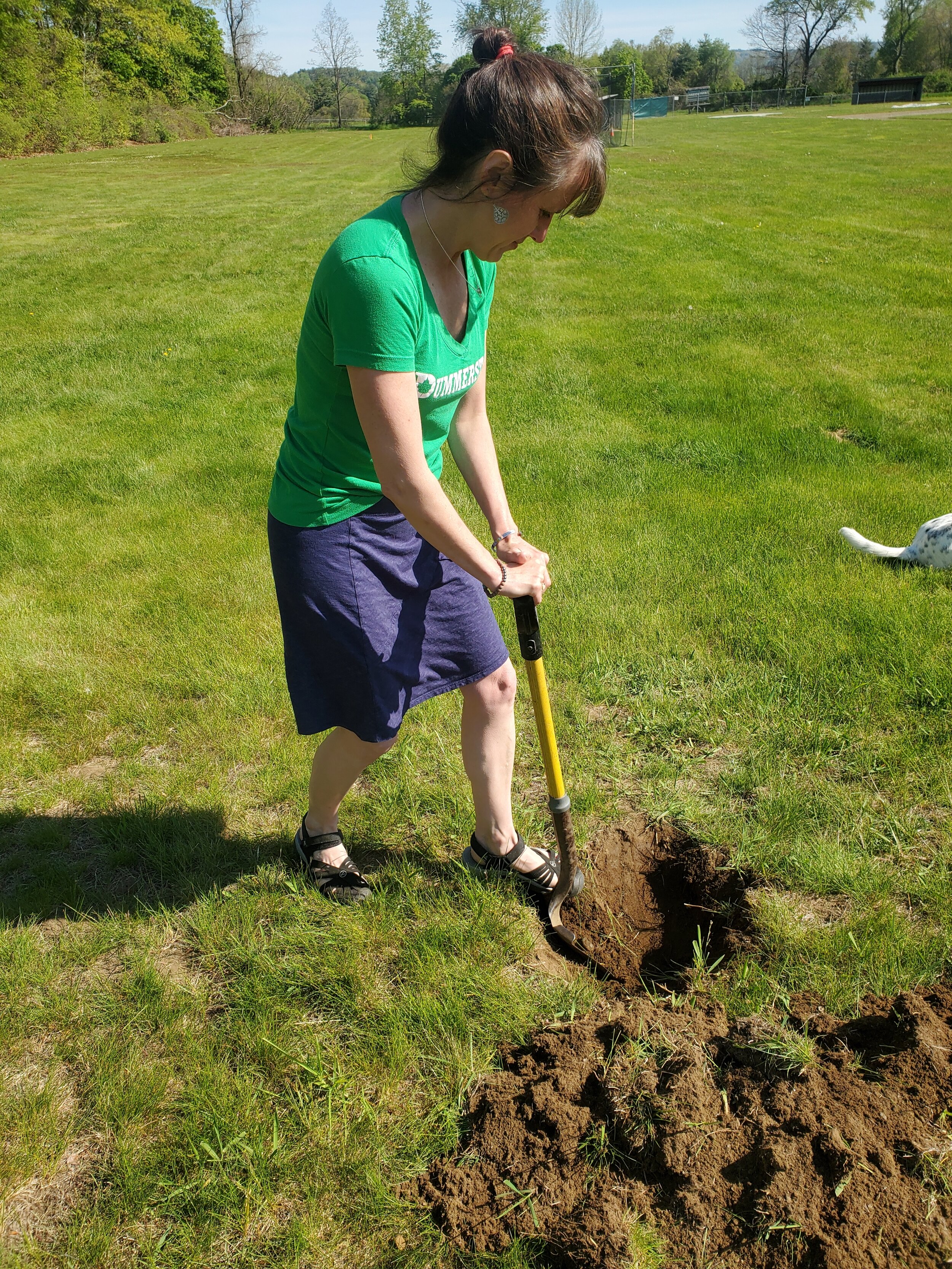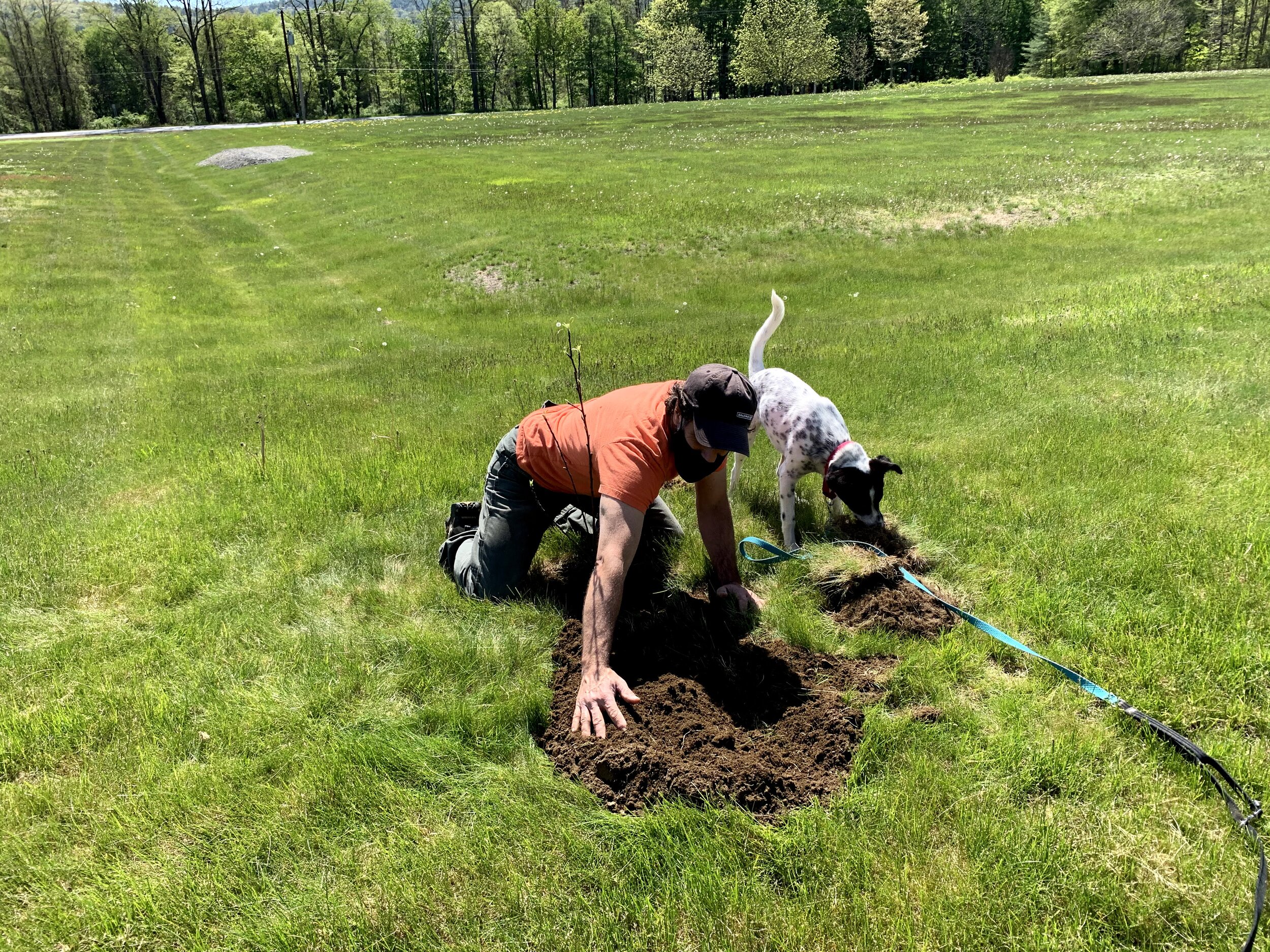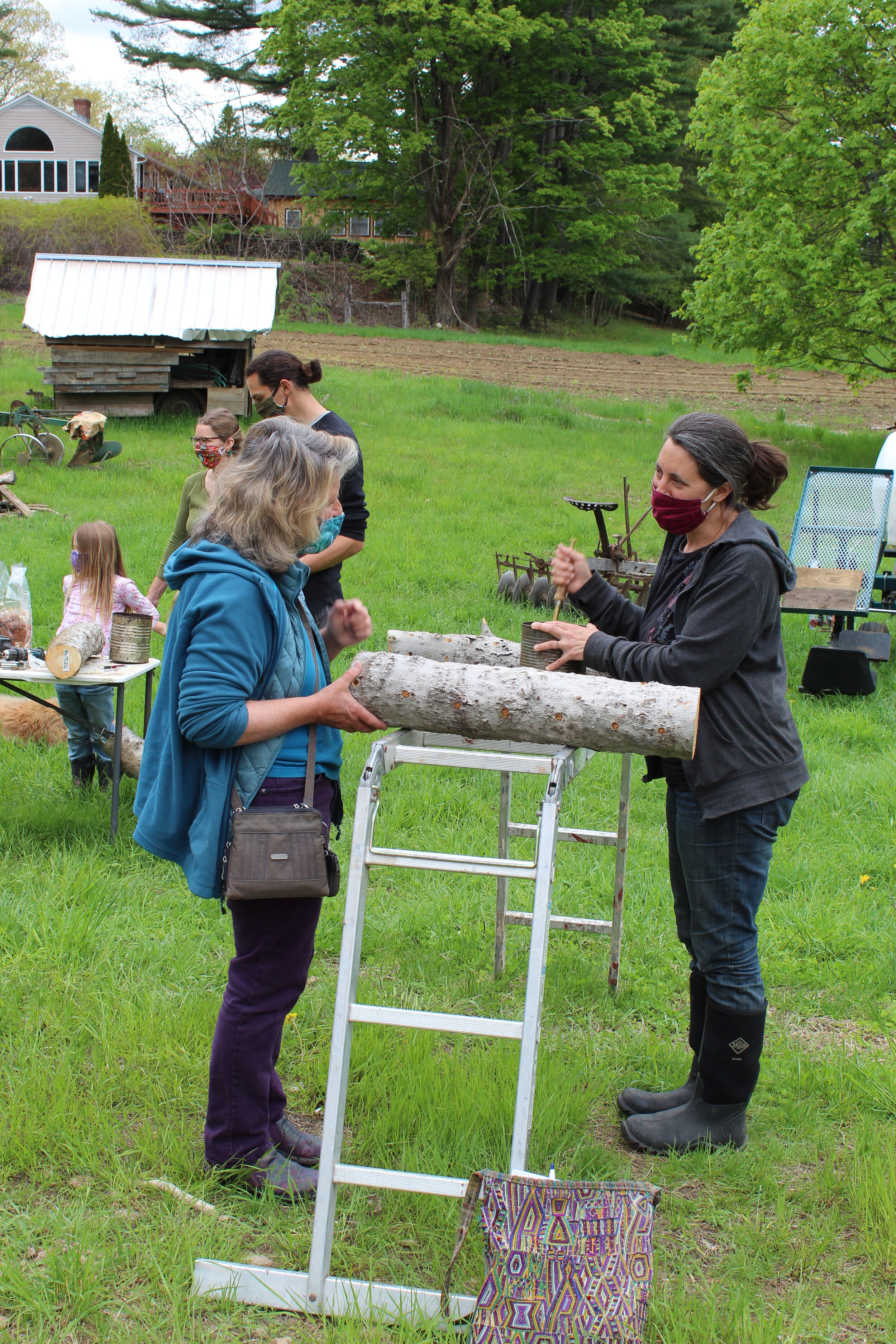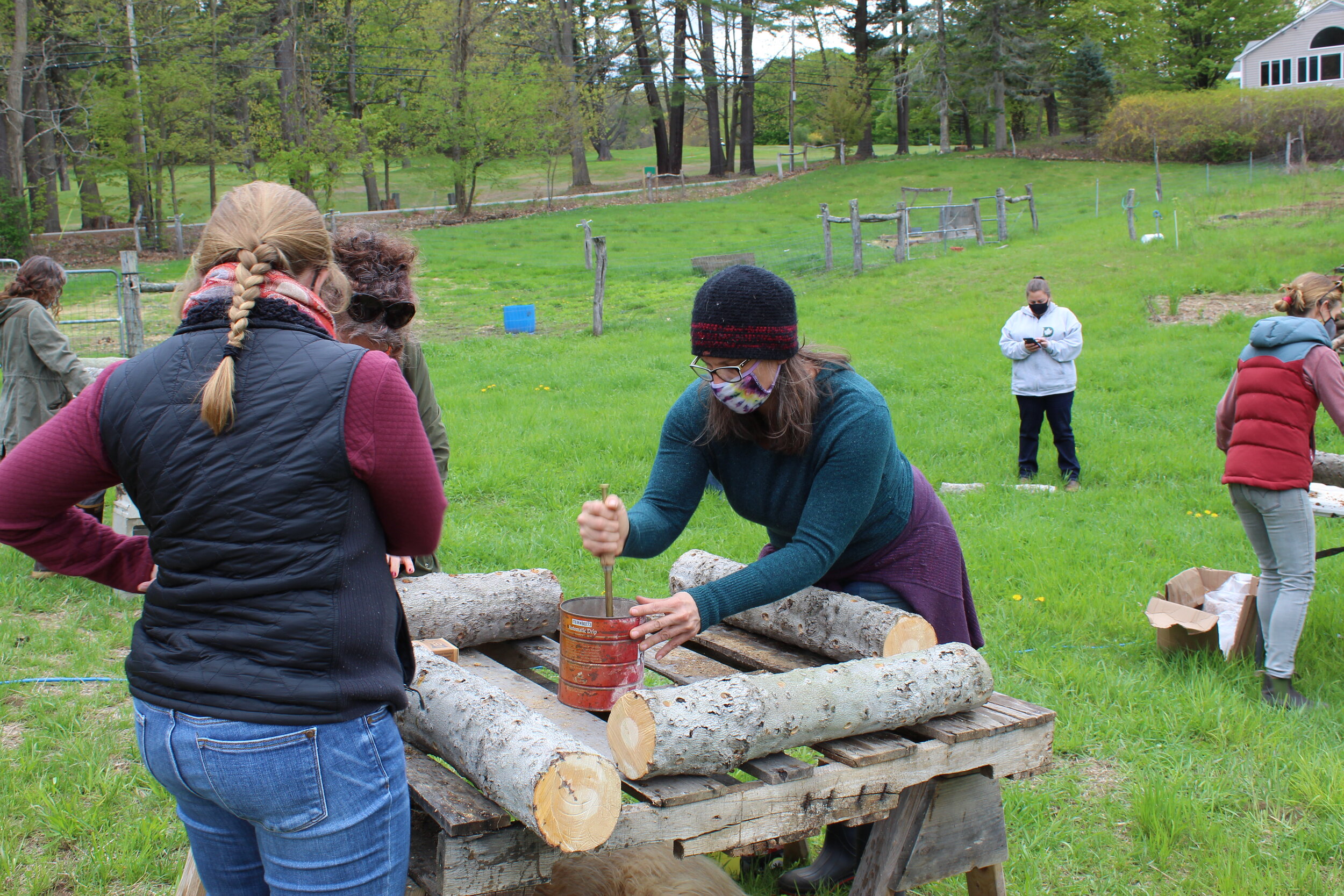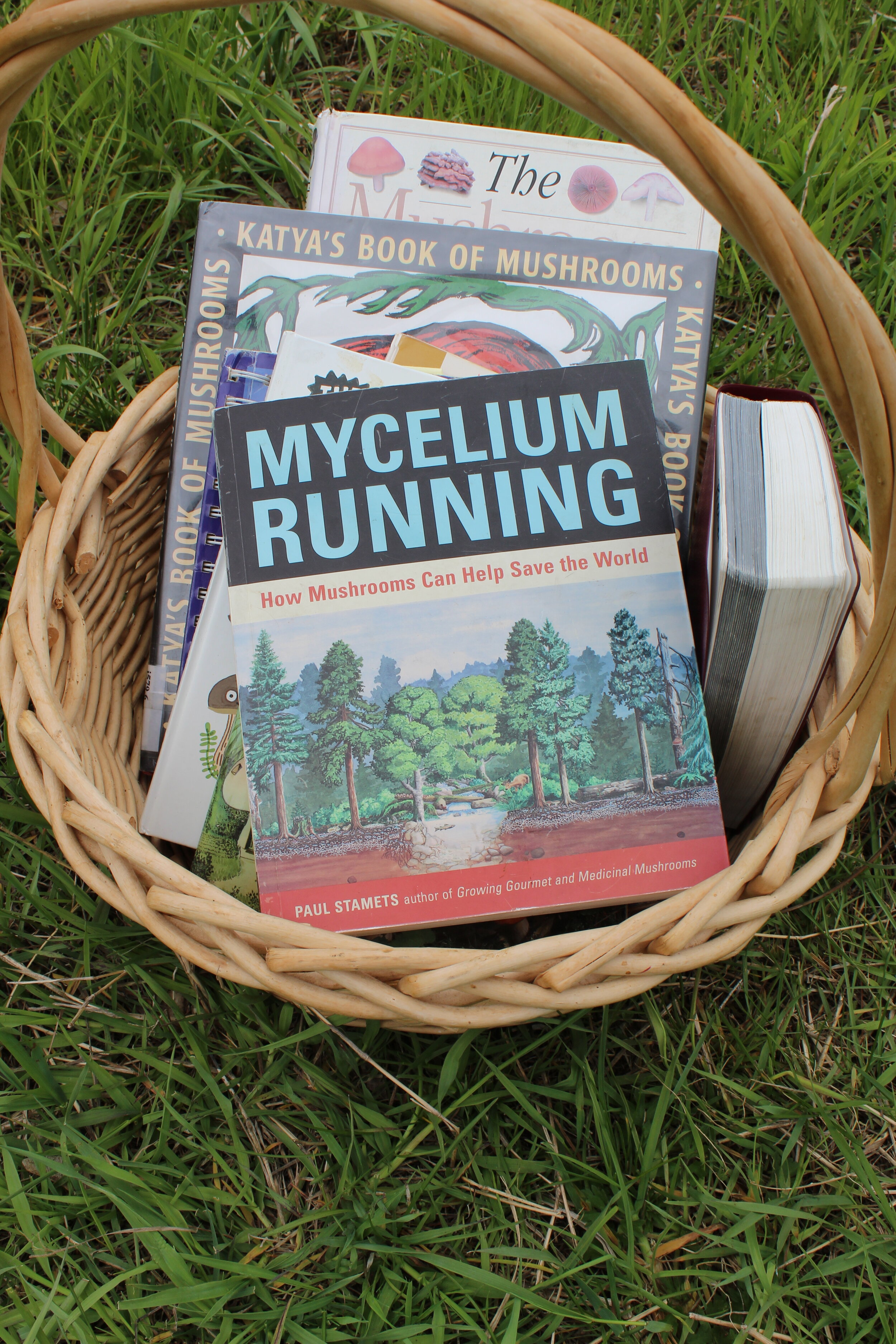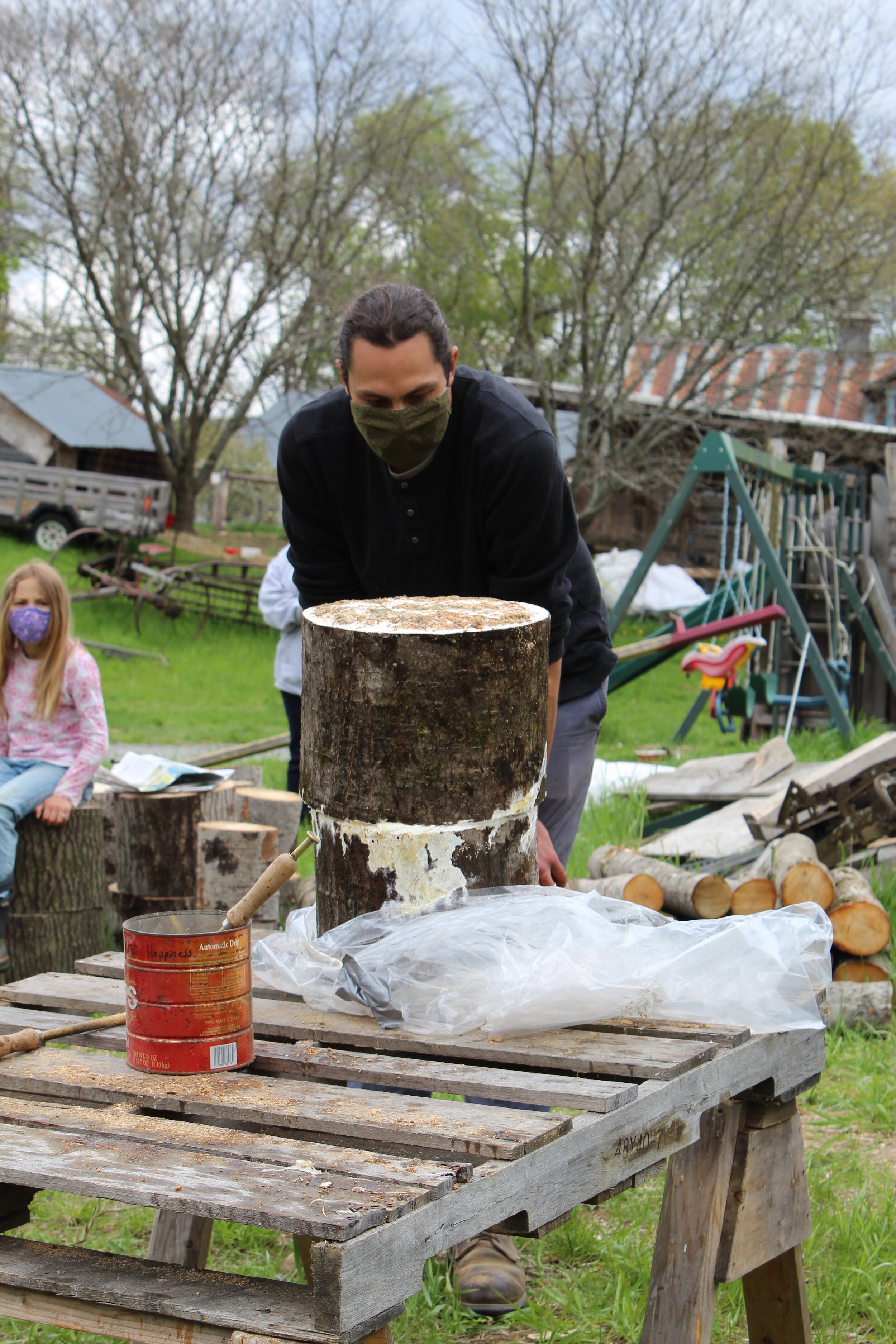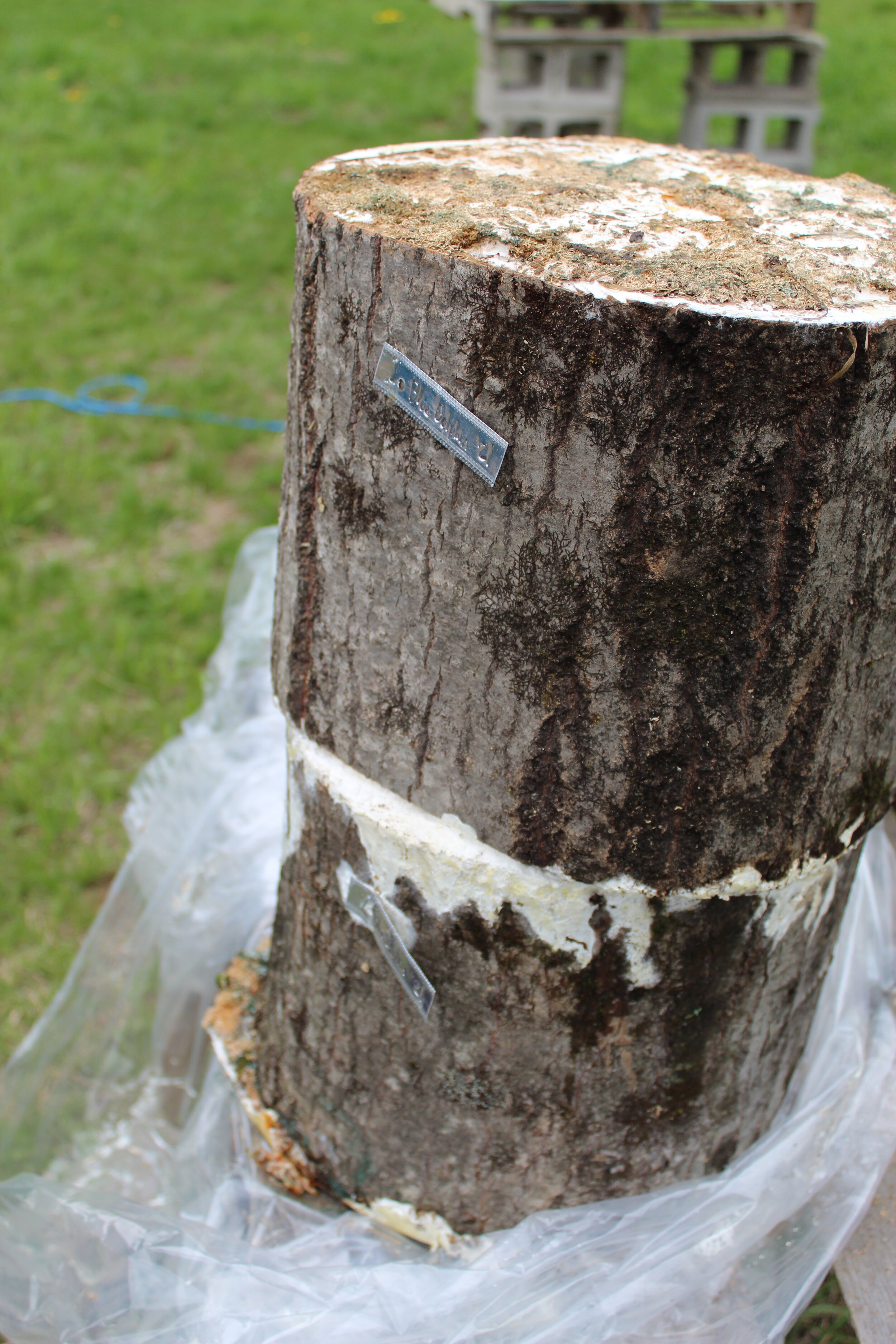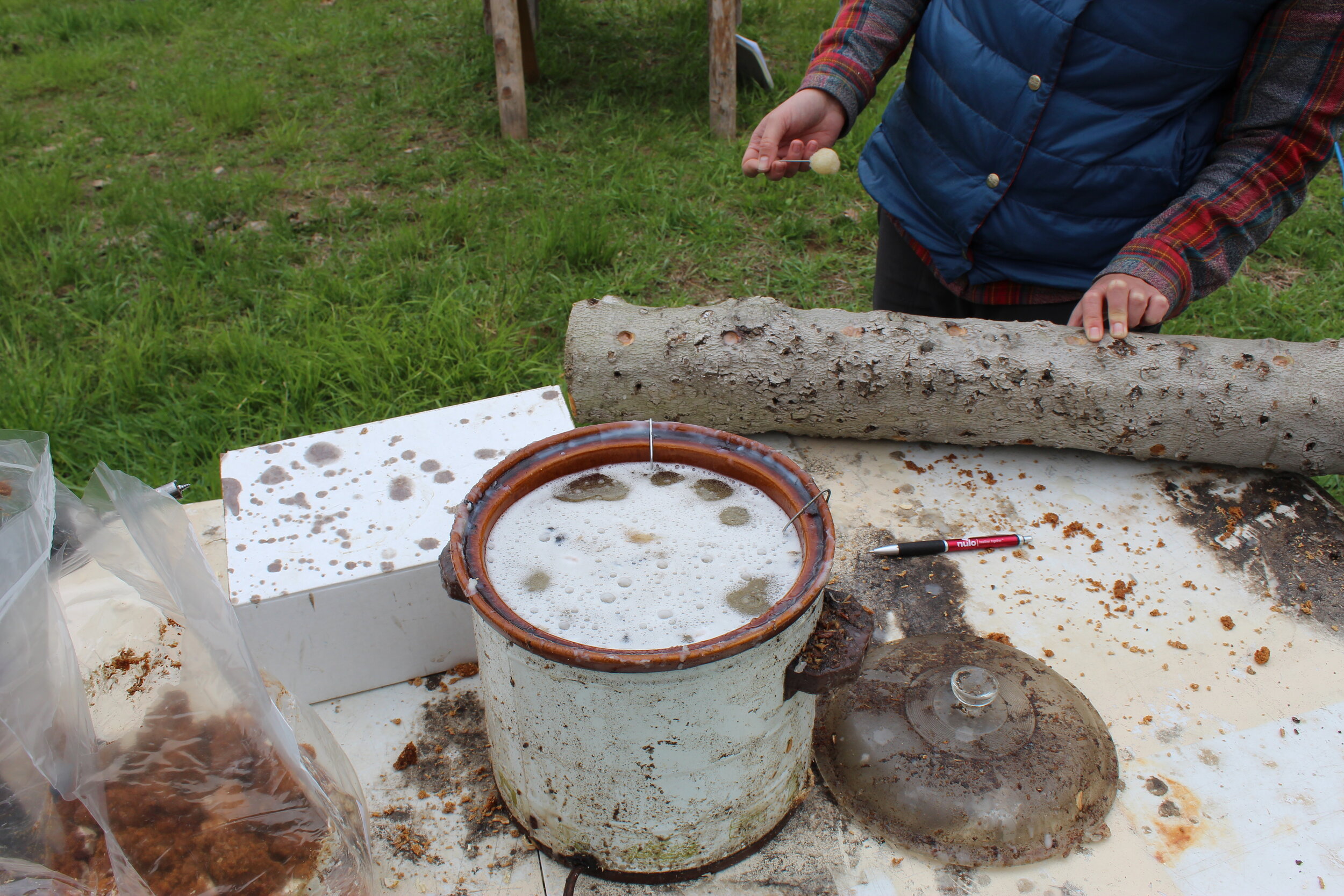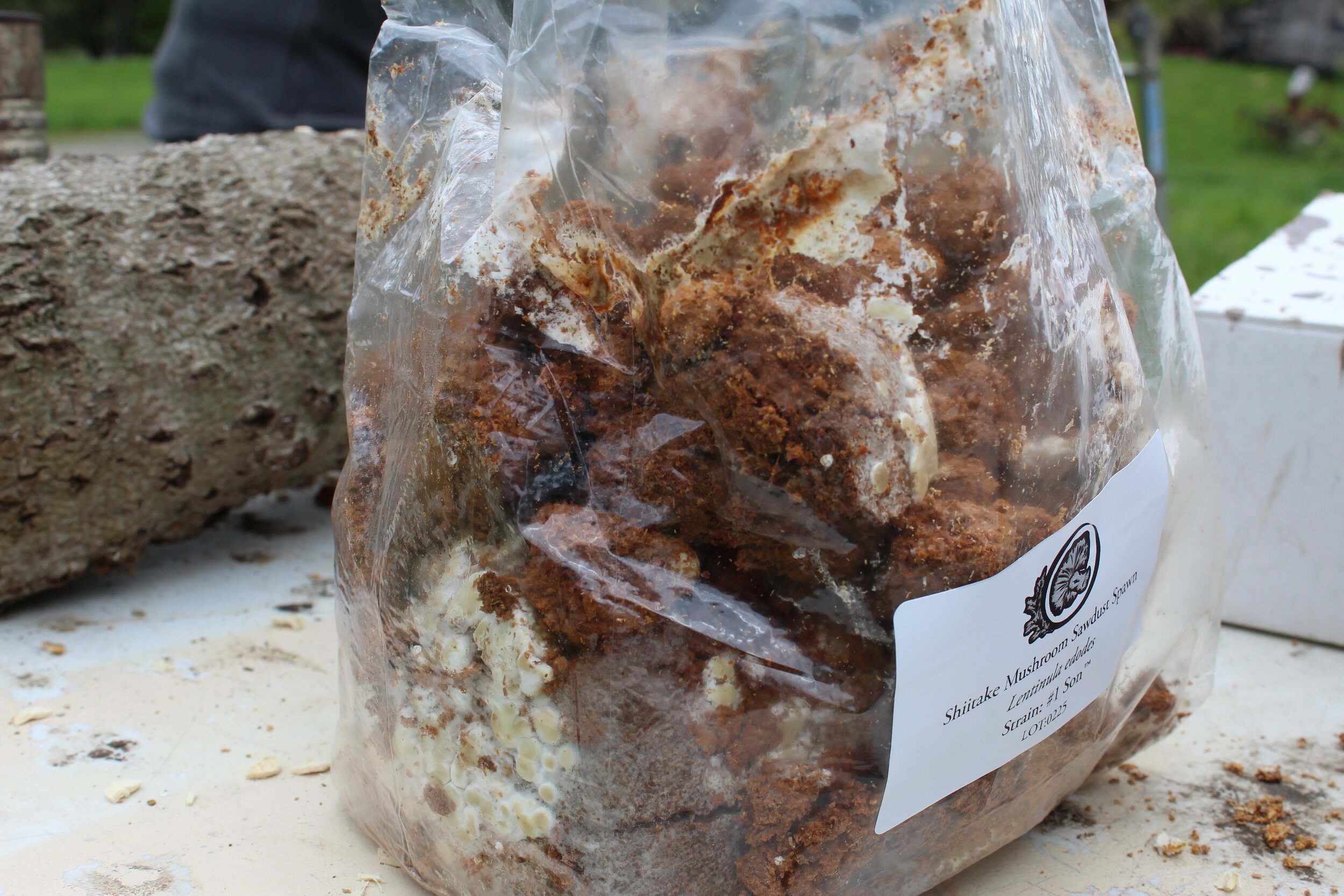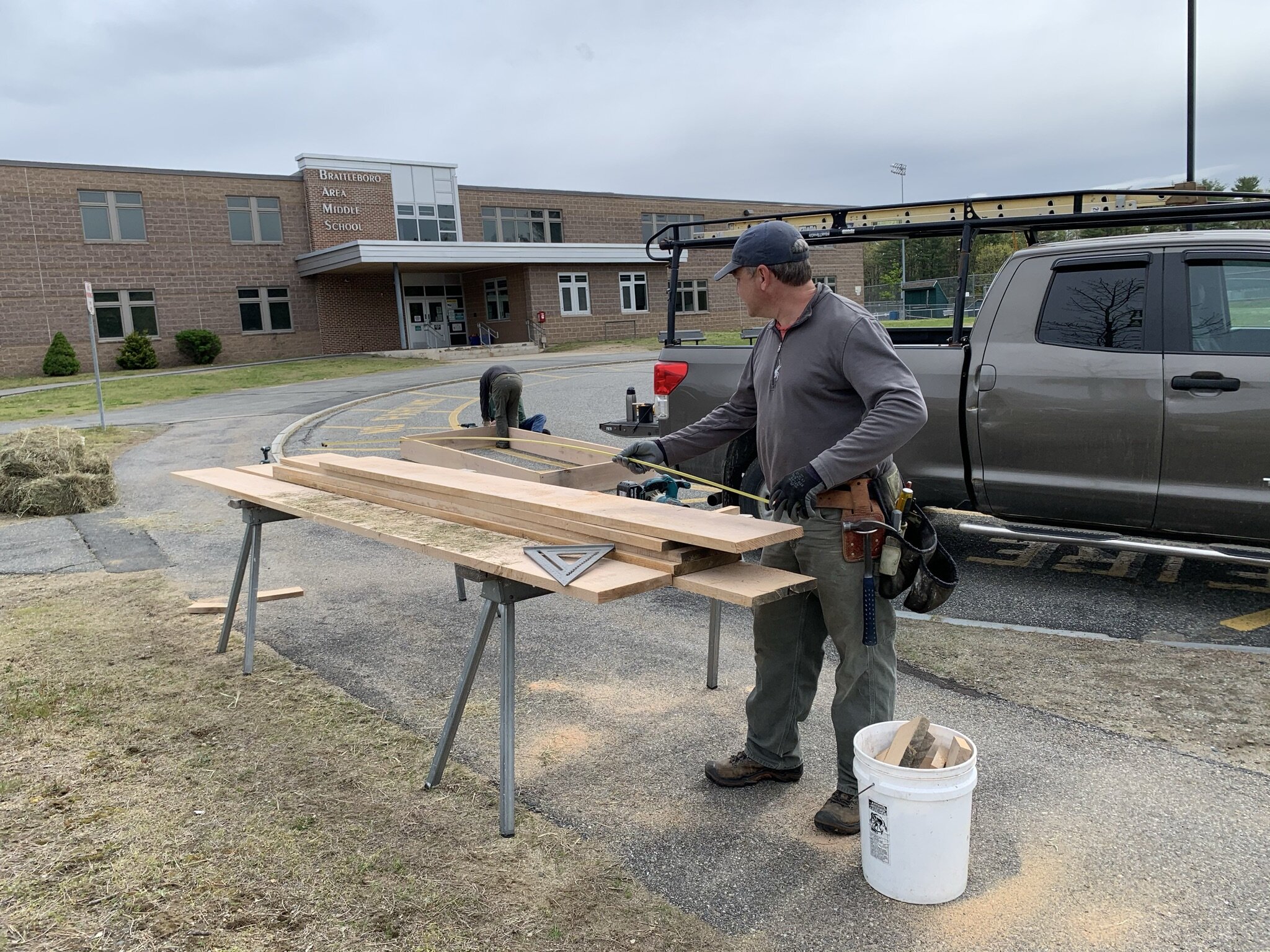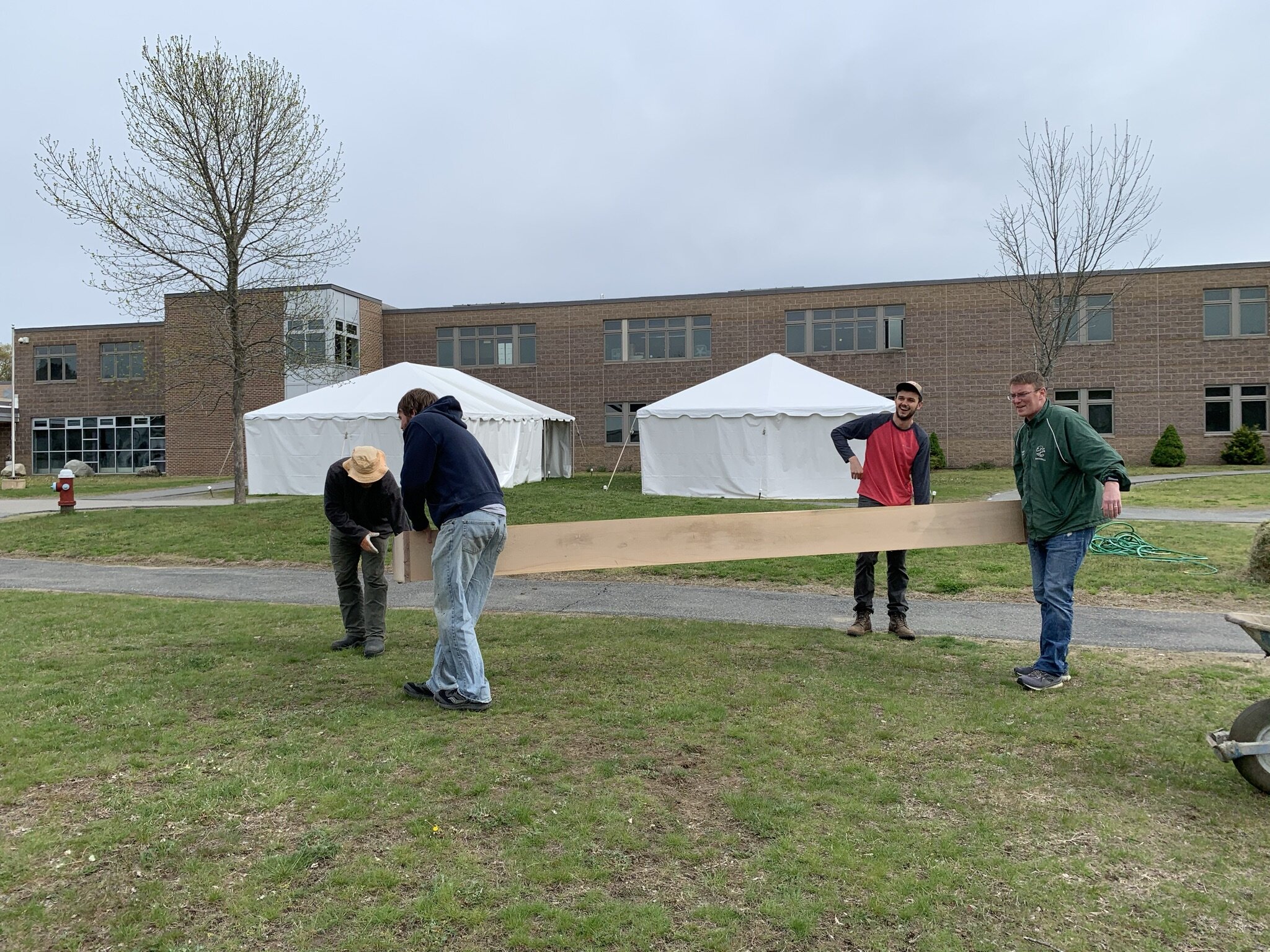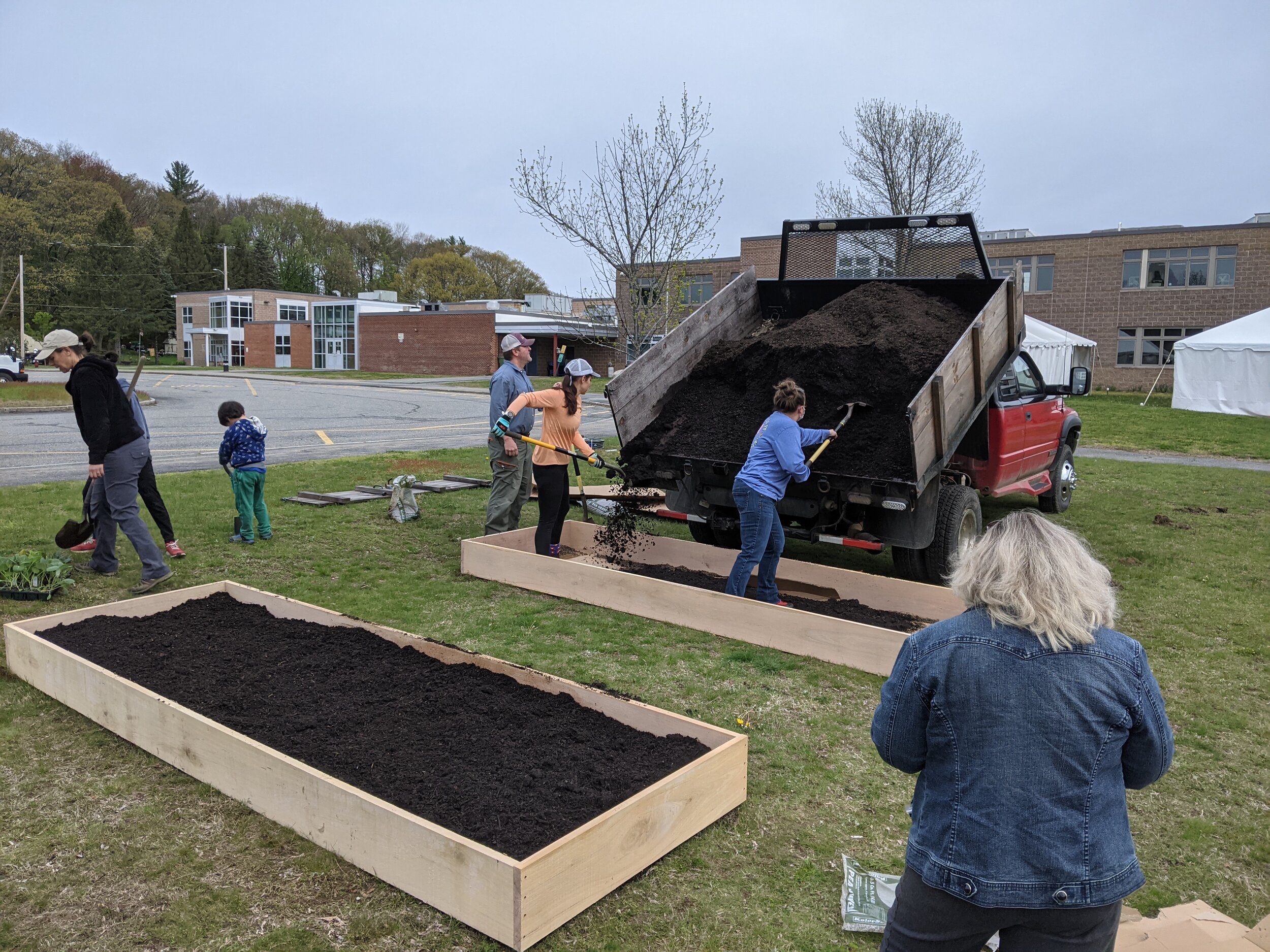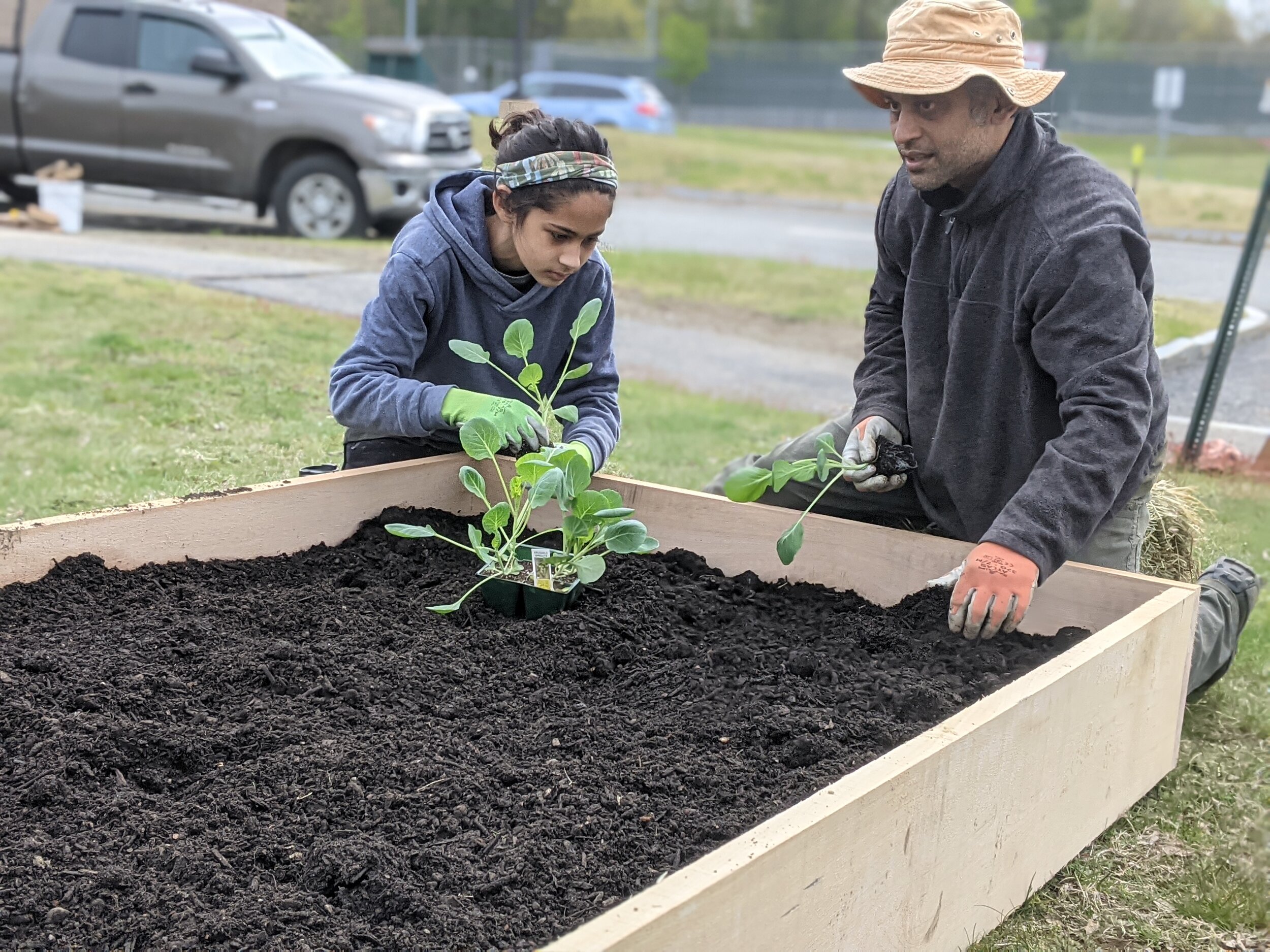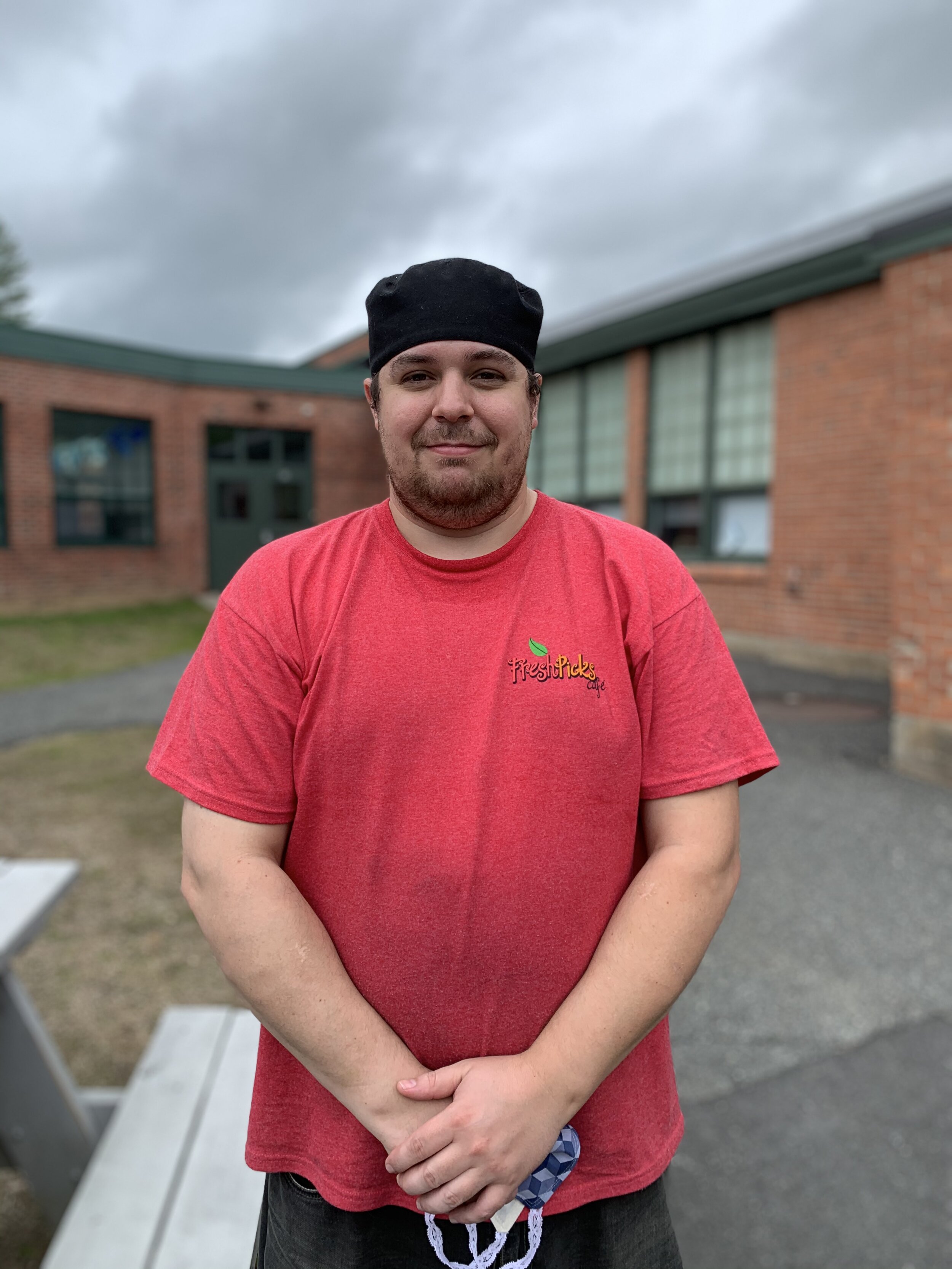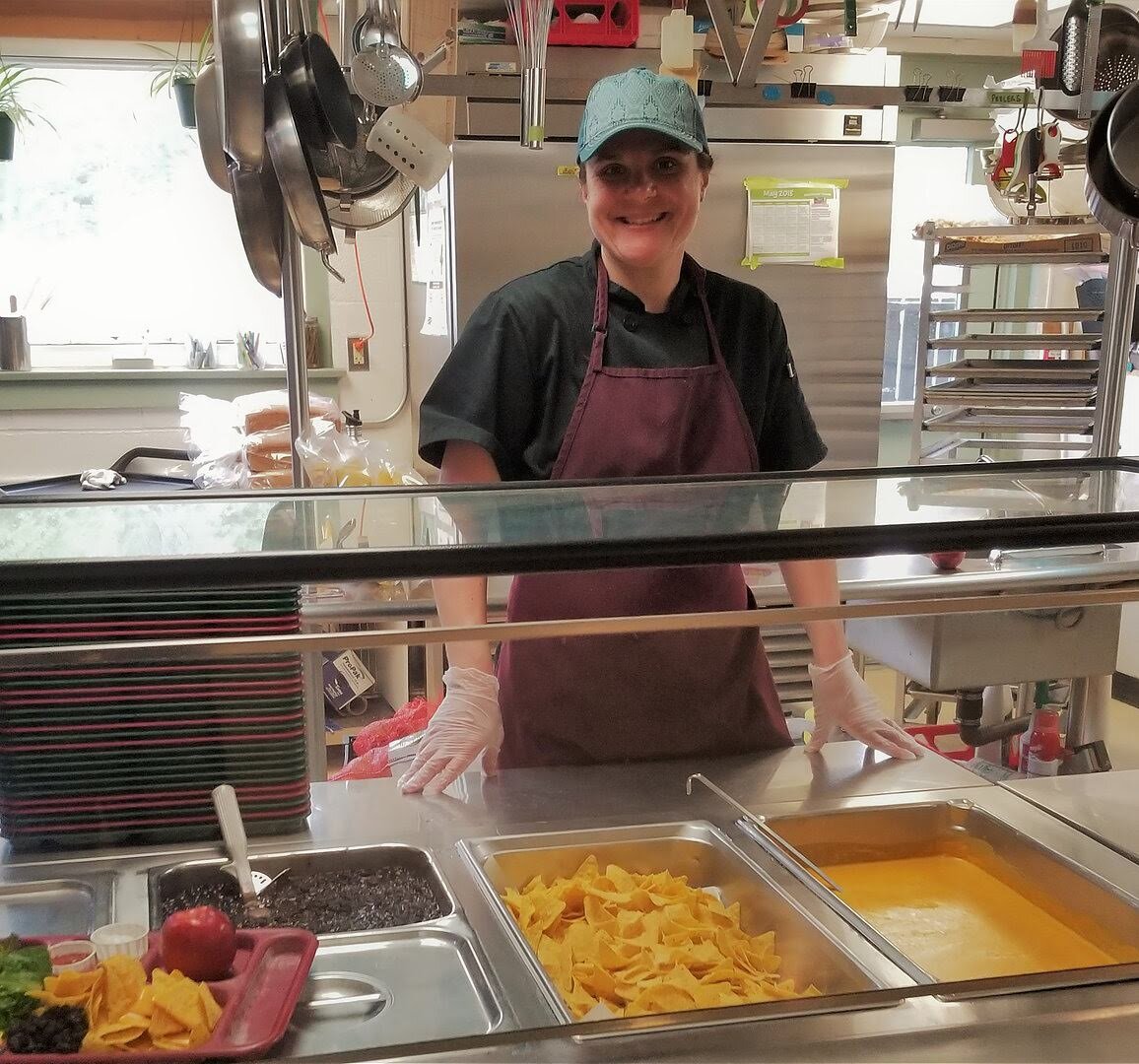Seeds planted during the 2018-2019 school year at Oak Grove School are bearing fruit as a living schoolyard and a vibrant garden featuring native plants take root on Oak Grove’s campus. Over the past two and a half years, a collaborative process between school staff, parents, students, and administration unfolded, making steady progress in spite of several obstacles. Principal Mary Kaufmann celebrates the project’s success, stating that “the schoolyard has developed into a lovely and welcoming space. Kids love to be outside! The more we have worked on the space, the more time we see classes outdoors.”
The visioning process for the project began in 2018 as a conversation between then principal Jeri Curry and a group of parents interested in making improvements to the playground. They identified problems including:
A lack of quiet spaces for students in need of a less stimulating recess environment
Outdated play structures and not enough swings
A lack of shady areas on hot, sunny days
Limited choices for a range of play opportunities across all ages, especially pre-K and older students
Every project needs champions, and there are several champions of Oak Grove’s living schoolyard project. This project weathered a change of administrators, superintendents, and facilities manager, as well as a school district merger and a global pandemic. It’s not been easy, but as the rewards start to emerge, it’s worth it. Some of the champions who helped bring this vision to reality are:
Former principal Jeri Curry. Curry began the project in her final year as principal, acknowledged parents' ongoing concerns about the outdated playground, secured start-up funds, formed a committee, and approved the idea to invest in mapping a long-term, broad scope vision by hiring a designer.
Current Oak Grove principal Mary Kaufmann. Kaufmann has supported the continued progress on the project’s goals through many transitions and prioritized hiring a school garden coordinator.
School garden coordinator Tara Gordon. Gordon led the move of the school garden and is connecting the garden to the classroom through meaningful hands-on learning and curricular connections for all students.
Former facilities manager Greg Frost. Frost supported the garden relocation, built outdoor stump seating and other outdoor classroom spaces, and managed many other project logistics.
New facilities manager Chad Pacheco. Pacheco continues to support the project as he enters into his new role.
Academic support teacher Laura Haskins. Haskins leads the Oak Grove Green Team and has been planting trees with students on the playground for many years.
Fifth-grade teacher Karen DiIorio-Bowen. Dilorio-Bowen has been integrating nature-based education into her curriculum for many years and built part of her curriculum around the living schoolyard this year.
PTO chair and parent Tara Davis. Davis immediately took a keen interest in the project—standing at the crossroads of parent, neighborhood, and teacher perspectives as a former teacher interested in outdoor education and a neighborhood resident.
The project began with visioning, which included surveying students, staff, and parents to get feedback on which playground elements these stakeholders wanted to keep and what new ideas people had that could be expanded on and prioritized. As part of this visioning process, the team brought in Nancy Striniste, a landscape designer with a background in child development, to help create a master plan redesigning the playground and school gardens. Certain elements of the plan have already happened, such as:
Relocating the school garden
Building a footbridge for creative play
Creating a new, wider, curved welcoming pathway at the playground entrance
Building cedar stump seating for the outdoor classroom
A highlight has been the move of the garden. Kaufmann says the garden has “grown and flourished thanks to the work of Tara Gordon and the students at Oak Grove.” Kaufmann notes that students take pride in the work they do in the garden. She sees many benefits in students “being able to be a part of something so beautiful that leads to harvesting and enjoying their hard work.” According to garden coordinator Tara Gordon, “The Oak Grove School garden is developing into a special place abundant with a rich array of perennial and native plantings, garden cultivars and annual florals, vegetables, fruits, and even mushrooms.” These plantings are designed to support and encourage outdoor learning, foster connections to nature, and provide opportunities to learn about the local landscape. Gordon sees garden education as an integral part of the school curriculum and community development. Community engagement has been one of the keys to success—during the fall of 2020, a group of “guerilla gardeners” came together and planted more than a hundred spring bulbs donated by various community members and kept the location of the plantings secret from the students for a spring surprise.
Student involvement is another key component of the project. The school invited all students to participate in the Pennies for the Playground initiative—a program designed to teach the power of the penny. Back in November 2020, tennis ball piggy banks were distributed to all students. As a show of gratitude, students were invited to collect pennies to help support the living playground project. Working with pennies made it accessible for students and families from all economic backgrounds. Collaboratively, the school community has raised $649.34 so far, including $163 raised by a penny challenge organized by Brattleboro Savings and Loan. Students voted recently to spend this money towards another step in the master plan—creating a new digging area won by a landslide. This will be completed over the summer and ready when students return to school.
DiIorio-Bowen’s fifth-grade class has been a key partner in the project this year through participation in the Wild Treasures program, 350 Vermont’s Rewild Vermont project, and a collaboration with Edible Brattleboro to plant additional trees on the campus. Kaufmann says, “The work the fifth graders did this year to learn about the carbon cycle and the environment led to an amazing culminating activity in which plants and trees were added to the playground, bringing more beauty and function to the space.” Karen’s students worked and consulted with Gordon to develop a plant list and placement throughout the school grounds following the master plan. Plantings included a whole array of native perennials, including trees, shrubs, and herbaceous pollinator plants. The project's budget also includes an extensive signage collection with artwork and research by the students displayed throughout the gardens. The fifth-grade planting day culminated with a closing circle around the new sugar maple tree. Students placed handfuls of soil around the tree roots along with special wishes they had written on pieces of paper to place into the hole. Together, everyone recited the Earth Pledge and sang the official state song of Vermont, “These Green Mountains.”
Jen Tourville's pre-k class has also been involved in lots of garden work this year, setting aside time weekly for planting, harvesting, and cooking together with Gordon. They are also enjoying an infusion of local produce into their snack program thanks to a CSA grant from the Vermont Agency of Agriculture.
All classes took part in the project in one way or another, thanks to Gordon’s ability to engage all classrooms in food preparation with garden produce, foraging education in the neighborhood, and a dedication by all staff to get students out in the gardens and onto the living schoolyard regularly.
This project has relied on the incredible generosity of spirit, time, resources, and skills coming from the community. Many thanks to:
Edible Brattleboro for donating fruit trees and a hickory sapling,
Bonnyvale Environmental Education Center (BEEC) and local arborist Bob Everingham from All About Trees for donating large cedar stumps for stump seating,
numerous neighbors and community members who donated supplies for a mud kitchen playspace for preschool students, bird feeders for classrooms to feed birds throughout the winter, and permission to tap maple trees in the neighborhood,
Heritage Maple Farm for supporting the first school sugaring operation by supplying buckets, taps, and other resources,
Hamilton Lumber for providing firewood for the wood-fired sugaring operation,
and the Food Connects Farm to School team for their continued support throughout the garden move, providing professional development opportunities, and a matching donation to the Pennies for the Playground initiative.
Davis made a point of reaching out to the community via Facebook, Front Porch Forum, and casual conversations with neighbors. She believes in creating connections, “especially as we emerge from the pandemic—connection is vital in bringing joy and meaning not only to Oak Grove students but our community at large. Everyone benefits when we work together for the collective good - in this case, the creation of a vibrant living schoolyard that also happens to lie in the heart of the Oak Grove neighborhood.”
Looking ahead, there are several next steps in the process for the living schoolyard:
The creation of a sensory path around the playground’s perimeter, funded by a grant from RiseVT, This path will build upon the new bridge, incorporating a living tunnel and a balance trail.
The construction of an edible mushroom garden along the north side of the building will feature shiitakes and oyster mushrooms.
A digging area, funded by the Pennies for the Playground initiative, some mounds for climbing, and some cob construction structures.
Kaufmann sums up the success of the project, saying, “our school grounds are something we take pride in, and the work of the living schoolyard team, the community, and the students and staff at Oak Grove School have made it a wonderful place to be and to learn!” The living schoolyard project actively seeks support from local businesses and community members who want to be involved. For more information, call Oak Grove School at (802) 254-3740 or email principal Mary Kaufmann at mkaufmann@wsesdvt.org.









